All Stories
-
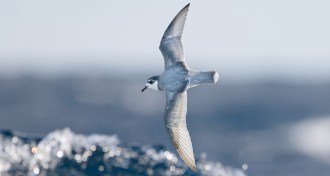 Environment
EnvironmentOcean plastic emits chemical that tricks seabirds into eating trash
Some seabirds might be eating plastic because it emits a chemical that smells like food.
-
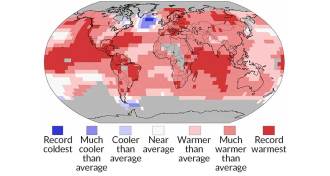 Climate
ClimateIf you thought 2015 was hot, just wait
The record-setting global temperatures seen in 2015 could be the “new normal” as soon as the 2020s.
-
 Astronomy
AstronomyYoung planets carve rings and spirals in the gas around their suns
New telescope images show rings and spiral arms in disks encircling young stars, suggesting the presence of actively growing planets.
-
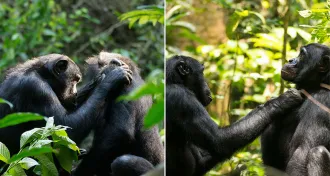 Animals
AnimalsOld bonobos have bad eyesight — just like us
As bonobos age, they lose their ability to see things close up, a new study suggests.
-
 Climate
ClimateCO2-loving plants can counter human emissions
Plants temporarily halted the acceleration of rising carbon dioxide levels in the atmosphere, new research suggests.
-
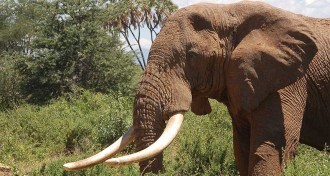 Animals
AnimalsMost illegal ivory is less than three years old
Most of the ivory seized by law enforcement in the last decade doesn’t come from elephants poached many years ago.
-
 Animals
AnimalsMost illegal ivory is less than three years old
Most of the ivory seized by law enforcement in the last decade doesn’t come from elephants poached many years ago.
-
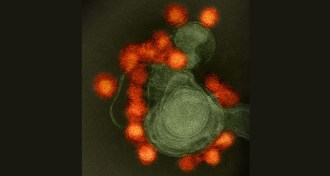 Health & Medicine
Health & MedicineAntibody protects against Zika virus in tests in mice
A new treatment for Zika relies on human antibodies and can help protect pregnant mice from the virus’s damaging effects.
By Meghan Rosen -
 Health & Medicine
Health & MedicineAntibody protects against Zika virus in tests in mice
A new treatment for Zika relies on human antibodies and can help protect pregnant mice from the virus’s damaging effects.
By Meghan Rosen -
 Physics
PhysicsSupersolids produced in exotic state of quantum matter
Bose-Einstein condensates display properties of liquid and solid simultaneously.
-
 Planetary Science
Planetary ScienceX-ray mystery shrouds Pluto
Chandra telescope detects seven X-ray photons coming from Pluto, suggesting that the solar wind runs into a tail of gas streaming from the dwarf planet.
-
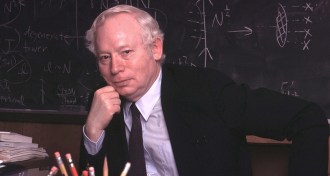 Quantum Physics
Quantum PhysicsWhy quantum mechanics might need an overhaul
Nobel laureate Steven Weinberg says current debates in quantum mechanics need a new approach to comprehend reality.